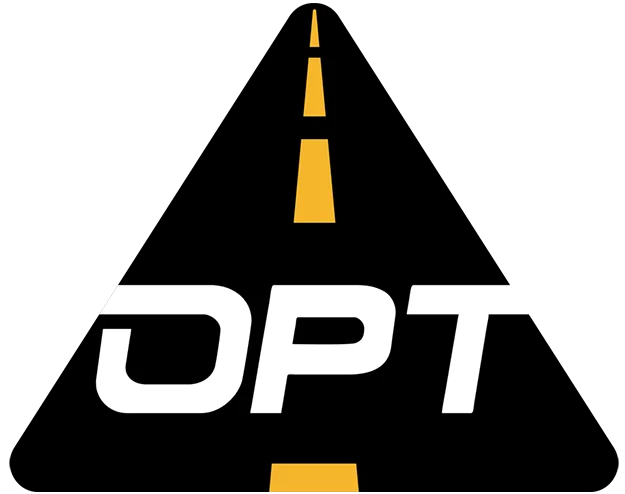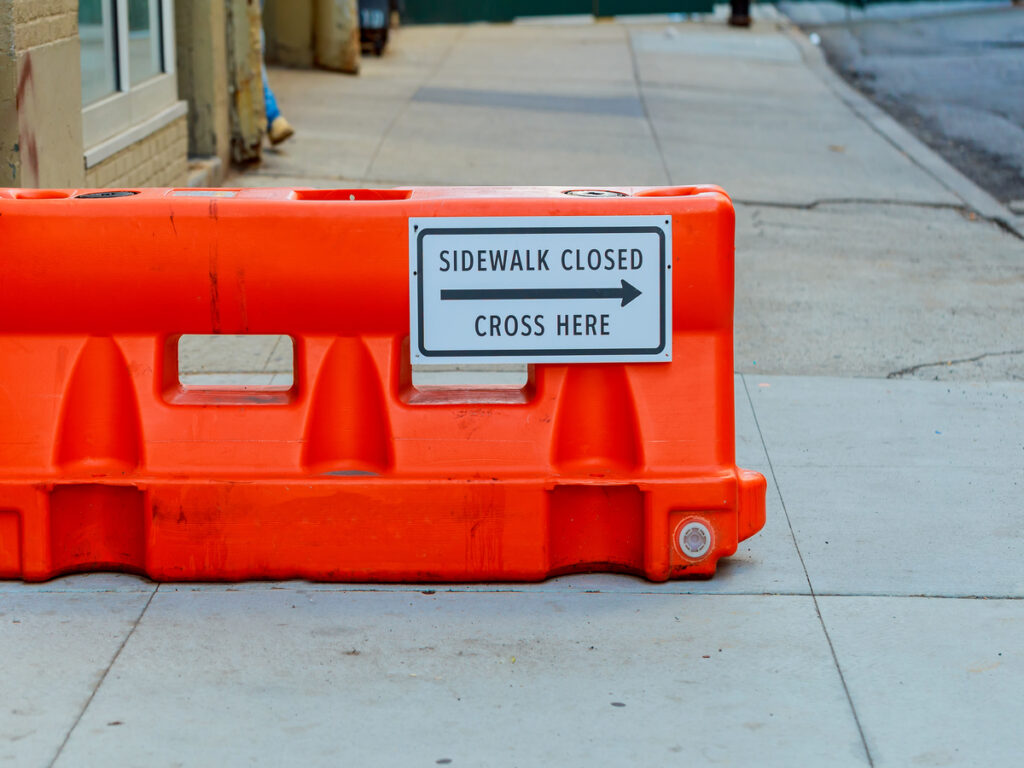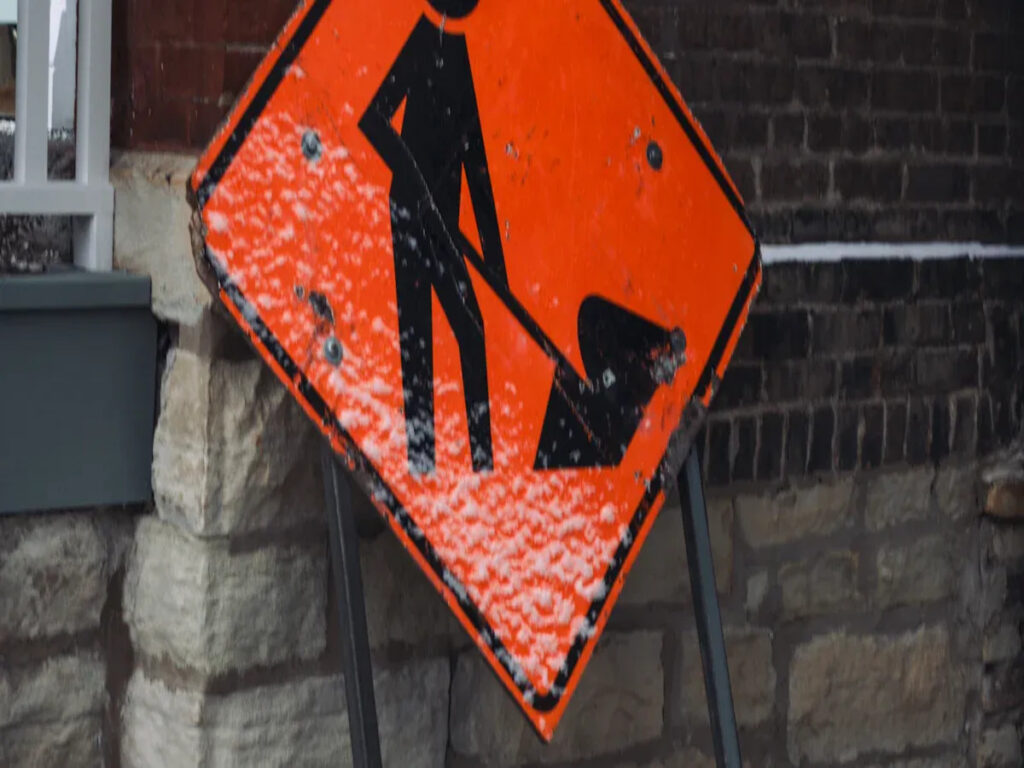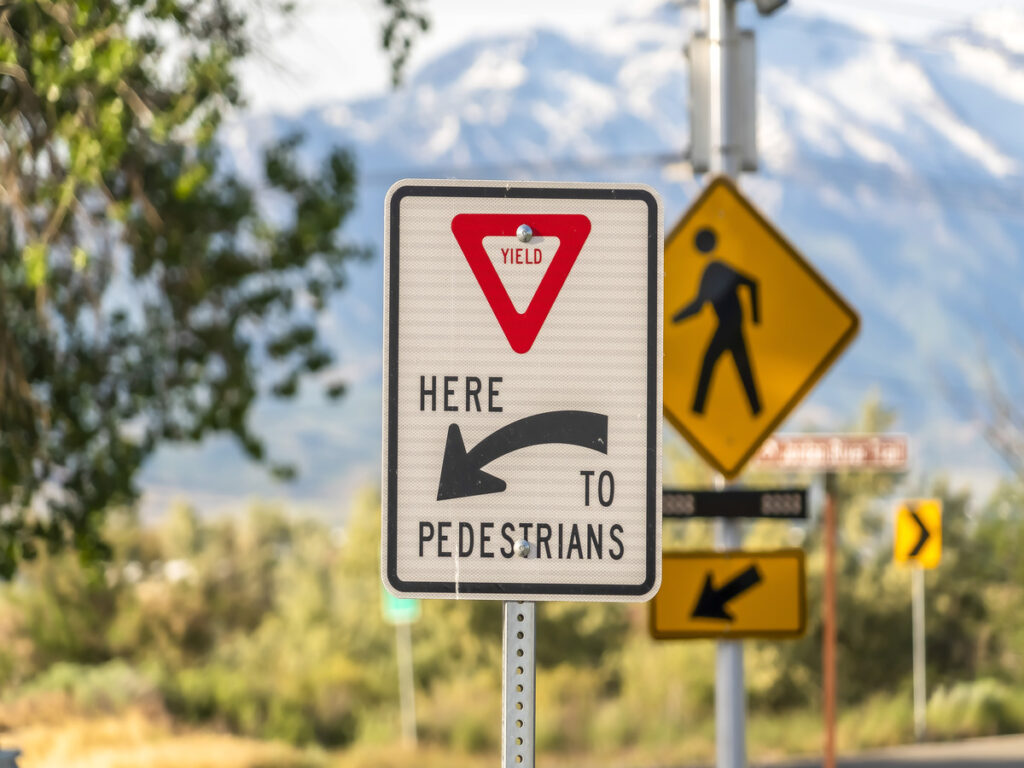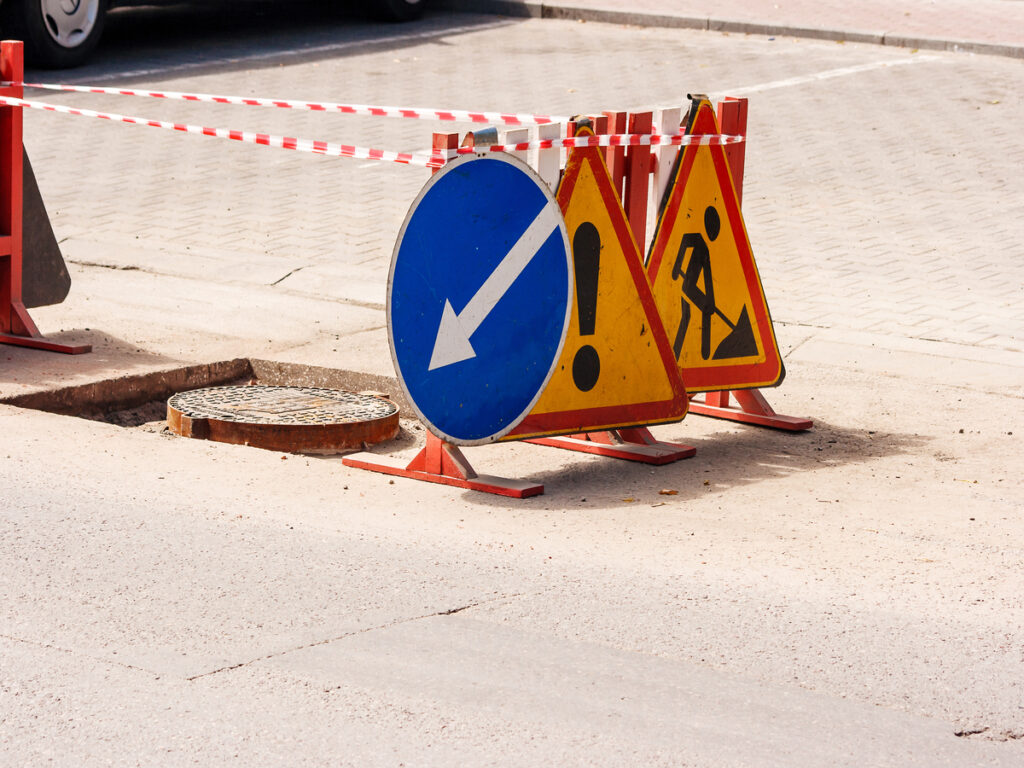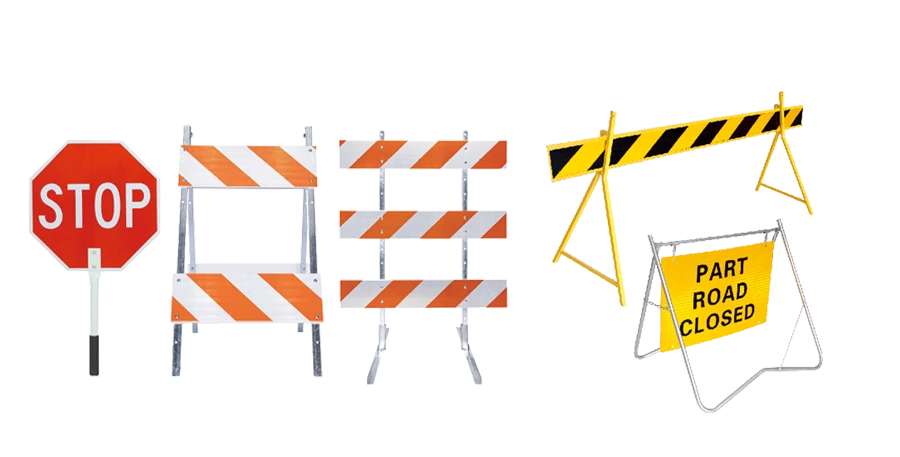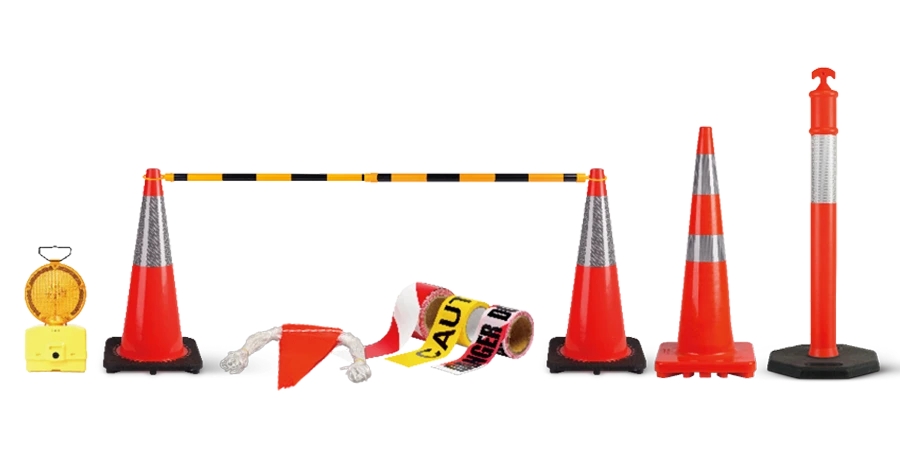Unified Strategy for Construction Work Sign Maintenance Across Multiple Job Sites
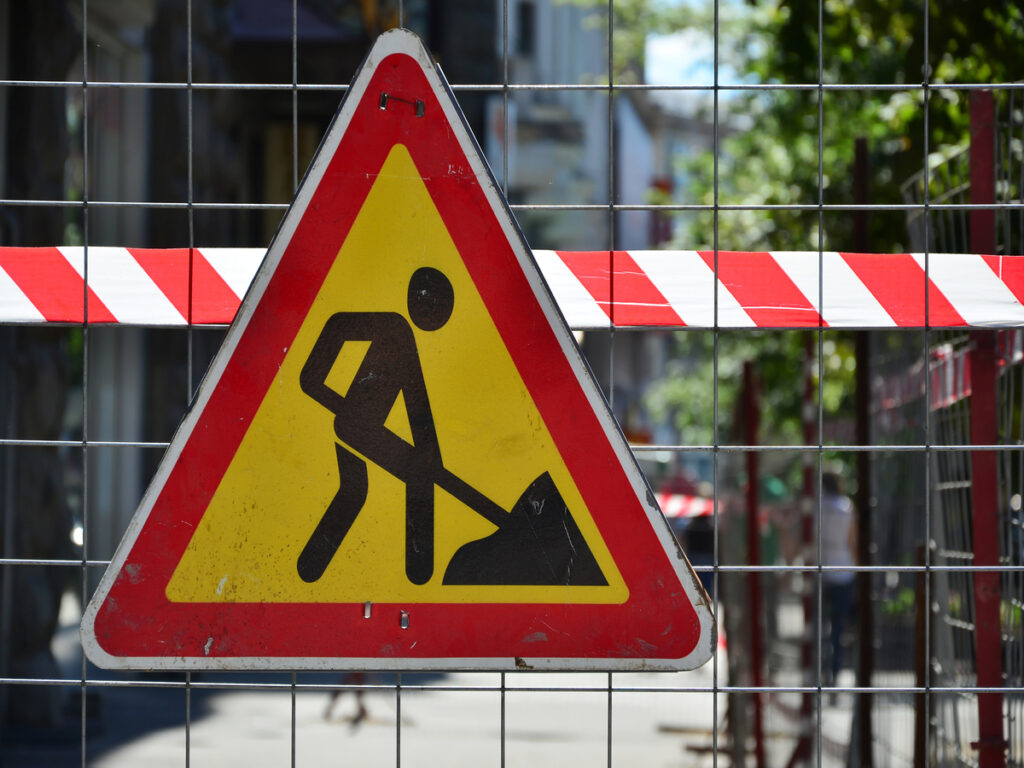
Maintaining consistent construction work signs at all job sites is key. It helps keep workers safe, follow rules, and work smoothly. Clear construction work signs stop confusion, are easy to see, and warn about dangers. 時間とともに, construction safety has gotten better. 例えば, deaths in construction dropped by 3.2% each year. This is better than safety improvements in farming and factories. Still, OSHA fines for construction hit $103 million in 2022. This shows how important it is to follow rules. A single plan for construction work signs makes sure all projects stay safe. It also saves time and uses resources wisely for success.
オプトラフィック offers a wide range of high-quality construction work signs for sale to help businesses stay compliant with safety regulations and ensure a safer work environment. Their safety signs for sale are designed for maximum visibility and durability, even in harsh conditions.
Contact OPTRAFFIC today to get the right construction safety signs for your projects.
Key Takeaways
- Clear construction signs keep people safe and stop accidents. Use simple signs so workers know dangers and follow rules.
- Checking signs often avoids problems. Look at signs every week to fix issues early and keep work on track.
- One plan for sign care saves time and money. Using the same materials and steps cuts waste and keeps all sites safe.
- Digital tools make sign work easier. Use apps to check signs and share updates fast, helping with inspections.
- Training your team often helps everyone learn the rules. Practice with signs teaches workers how to use them properly.
Key Challenges in Maintaining Construction Work Signs
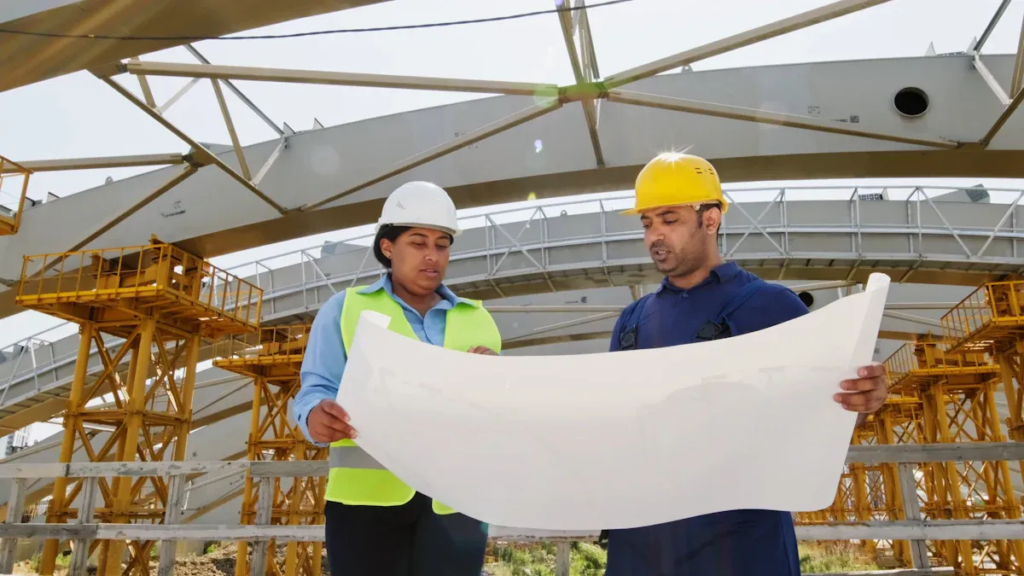
Different Site Conditions and Needs
Each construction site has its own problems. City sites often have busy roads and little space. Country sites may face rough ground and bad weather. These differences affect where signs go and how strong they need to be. 例えば, signs in busy areas must shine brightly and last long. In open rural areas, bigger signs are needed to be seen clearly. Signs must match the site to avoid delays and missed deadlines.
Following Local Rules
Understanding local rules can be tricky. Many places need several permits, like zoning and building ones. These rules can be long and include design preferences from officials. Getting signs approved takes time because they are checked at many steps. If you don’t follow the rules, your project could face fines and delays. To make this easier, learn the rules well and use a clear plan for sign design and placement.
Handling Resources and Logistics
Managing signs for many sites is hard work. Each site has limits, like space for storing materials. Permits set rules for work zones and things like noise levels. Good planning is needed to avoid delays and wasted time. You must organize resources well to have signs ready, installed, and kept in good shape during the project.
Planning a Unified Strategy for Construction Work Sign Maintenance
Create Clear Rules for Construction Work Signs
Making clear rules for construction signs keeps all sites the same. Set simple rules for materials, colors, sizes, and symbols. 例えば, shiny materials help signs stand out at night. Strong materials last longer in bad weather. Clear rules stop confusion and make sure signs are safe. This also saves time by making approvals and changes faster. When everyone follows the same rules, work goes smoother.
Set Up Regular Checks and Fixes
Checking construction work signs often keeps them in good shape. Make a plan for when and how to check them. 例えば, weekly checks can find problems early and stop risks. Write down these checks to follow safety rules and track fixes. Regular checks also stop delays from broken or missing signs. By fixing problems early, you save money and keep workers safe.
Use One System for Tracking and Reports
One system for tracking construction work signs makes managing them easier. Use one place to keep safety papers, checklists, and fix records. This saves time and avoids mistakes. Digital tools, like apps, let you update sign info quickly. These tools also help you watch many sites at once. A single system helps you make better choices and stay on track.
ヒント: Train your team often so they know the rules and checks. This training helps them follow rules and avoid problems.
Regular Training for Teams
Training often helps your team learn and follow standardized protocols. It keeps all job sites consistent and lowers mistakes. When the team knows the rules, they can fix problems fast.
Plan training sessions for everyone, like managers, safety staff, と労働者. Teach them about key tasks, such as placing signs, checking for damage, and following local rules. Use real-life examples to make lessons simple and clear.
ヒント: Add hands-on practice during training. Let the team check signs for damage or set them up in different conditions. This helps them remember better.
Update training when rules or company policies change. This keeps the team aware of the newest standards. Use tools like online classes or apps to make learning easy and quick.
Set up a feedback system to check if training works well. Ask the team for ideas to improve sessions. Use their feedback to fix gaps and make training better.
Regular training helps your team keep signs safe and correct. This improves safety and makes work smoother at all job sites.
Steps to Start a Unified Strategy
Check Current Methods and Find Problems
Look at how you currently take care of work signs. This helps you see what works well and what needs fixing. Compare your methods to industry rules to spot issues. 例えば, check if your construction work signs are easy to see and strong enough for different sites.
Checking your methods has many benefits:
- It shows if you follow safety rules and spot risks.
- It helps you decide what to fix first.
- It tracks changes over time to keep improving.
Use tools like lists or apps to make this easier. These tools help you write down problems and plan fixes. Knowing your current methods is the first step to a better strategy.
| Tool Purpose | What It Does |
|---|---|
| Compare Methods | Checks your ways against industry rules |
| Spot Problems | Finds areas that need fixing |
| Plan Fixes | Helps make plans to follow rules |
| Track Progress | Watches how things improve over time |
Make a Full Maintenance Plan
A good plan keeps your construction work signs in great shape. Regular care stops delays from broken or missing signs. It also shows you care about safety and following rules.
Important parts of a maintenance plan are:
- Planning regular checks to find damage early.
- Writing down what you fix to stay organized.
- Fixing problems fast to avoid slowing down work.
Planning ahead keeps workers safe and lowers accident risks. It also makes signs last longer, saving money. By focusing on care, you build a safe and reliable work site.
Use Technology to Stay Organized
Technology makes managing work signs easier. Tools like apps or software help you watch many sites at once. They save time by doing tasks like tracking and reporting automatically.
例えば, drones can quickly check where signs are and their condition. Building Information Modeling (BIM) helps plan resources so construction work signs are placed and fixed well. Smart tools like AI can even predict problems and suggest solutions.
| Technology | How It Helps |
|---|---|
| Digital Tools | Makes teamwork and planning easier |
| BIM | Helps plan and use resources better |
| Drones | Quickly checks signs and their condition |
| Data Apps | Saves time and avoids mistakes |
Using these tools keeps your work on schedule and avoids delays. This way, all job sites stay safe and run smoothly.
Watch and Change the Plan Over Time
Making a plan is just the start. To keep it working well, check how it’s doing and change it when needed. Regular checks show what’s good and what needs fixing. This helps your sign maintenance plan stay useful and meet your goals.
Set a schedule to review your plan often. Weekly or monthly reviews can help you find problems early. During these checks, see if your team follows the plan and if signs are safe. Ask site managers and workers for feedback. Their ideas can help you improve the plan.
Use time-saving methods to make checking easier. 例えば, pick team members to handle inspections and updates. This keeps things on track and avoids delays. Digital tools, like apps, can help by giving quick updates about signs and repairs.
Fixing your plan should make it better and solve repeated issues. If some materials break quickly, try stronger ones. If checks take too long, find faster ways to do them. Small fixes can save time and improve your work.
Watching and fixing your plan never stops. By staying alert, you can keep construction work signs the same at all sites. This makes work safer, follows rules, and keeps projects running well.
Inspection and Reporting Systems for Success
Routine Inspections and Documentation
Regular checks keep construction signs safe and working well. Inspecting construction work signs often helps you find problems early. Fixing issues quickly stops them from becoming bigger risks. This way, your projects stay safe and follow the rules.
Writing down inspection details is very important. It helps track changes and fixes over time. 例えば, keeping a record of inspection dates and problems keeps you ready for audits. Staying organized makes work easier and safer.
ヒント: Check construction work signs every week or two to catch problems fast. Use lists to make sure you don’t miss anything.
Frequent inspections and good records improve safety and quality. They help all job sites stay the same, avoiding delays or extra work.
Using Digital Tools for Efficient Inspections
Digital tools make checking construction safety signs faster and more accurate. Apps let workers inspect signs directly on-site without paper forms. These tools collect data right away, making it easy to share and use.
Features like voice-to-text make writing notes quicker and clearer. Templates can be changed to fit each project’s needs. You can also add photos and notes to reports for better details.
例えば, smart tools can spot safety patterns and warn about risks early. Companies using these tools often see big improvements. One company cut safety problems by half after using a digital inspection app.
Benefits of Digital Tools:
- Faster checks with less effort.
- More accurate and reliable results.
- Saves money by working smarter.
Reporting and Addressing Issues in Real-Time
Sharing inspection results right away helps fix problems fast. Apps let you send updates to teams instantly. 例えば, if a sign breaks, you can alert the repair team quickly.
Dashboards make data easy to understand. You can see trends, find causes, and plan fixes better. Linking goals to worker tasks also encourages improvement and responsibility.
Looking back after a project helps you learn what worked best. You can use these lessons to make future projects safer and more productive. This boosts both safety and profits.
Key Advantages of Real-Time Reporting:
- Finds risks early.
- Uses resources wisely.
- Helps finish projects on time and within budget.
By combining regular checks, digital tools, and quick reporting, you build a strong system for managing construction signs. This keeps job sites safe, follows rules, and runs smoothly.
Coordination Between Teams for Consistent Signage
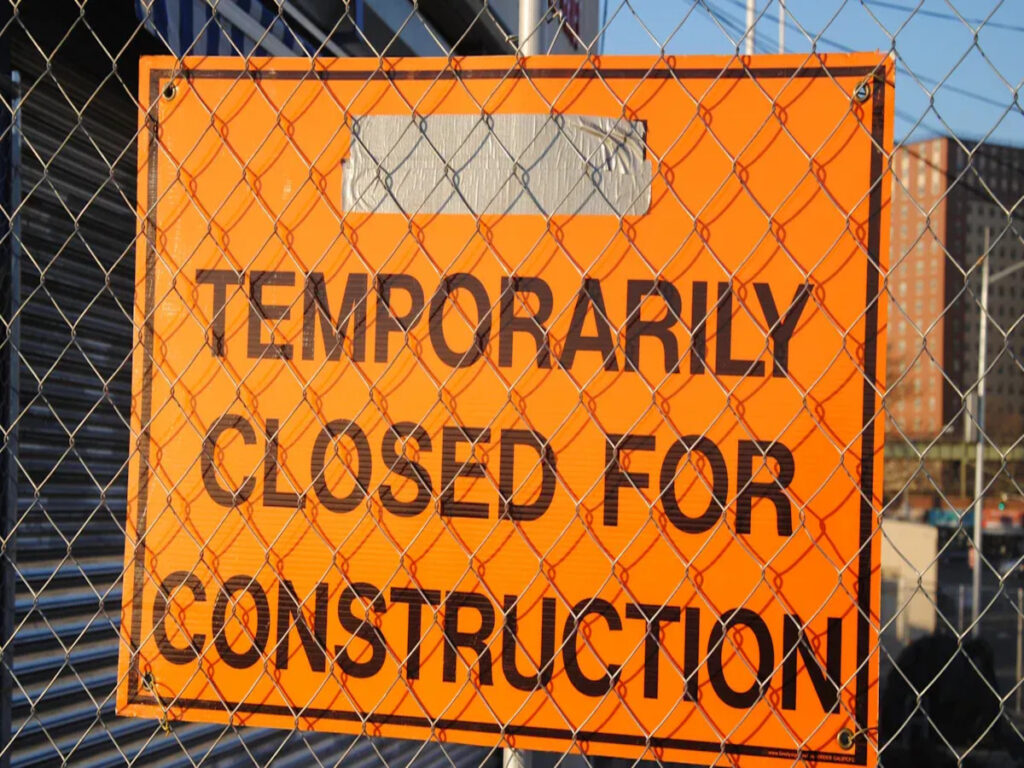
Clear Communication Between Site Managers and Safety Officers
Good communication between site managers and safety officers keeps construction safety signs consistent. Tools like apps or emails help share updates, problems, and progress. Leaders who are open build trust and teamwork. This makes it easier for teams to share ideas and fix issues.
| Evidence | Explanation |
|---|---|
| Reliable communication tools | Helps everyone stay updated about changes and problems. |
| Transparency in leadership | Builds trust and teamwork for better safety management. |
Clear messages make safety plans stronger. When everyone knows the rules, teams can fix sign problems fast. This avoids delays and keeps safety standards high.
ヒント: Use tools like StruxHub to make communication simple. These tools help organize tasks, reduce problems, and give managers better control.
Onboarding and Training for Consistency Across Sites
Training helps workers understand how to handle signs correctly. When workers know the rules, they can spot and fix problems quickly. Training should include hands-on practice, like setting up signs and checking for damage.
Practice during training helps workers remember better. 例えば, teams can practice placing signs in tough conditions. This builds confidence and prepares them for real job site challenges.
Update training often to match new rules or company changes. Online classes and apps make learning easy and quick. Feedback from workers can improve training sessions and fill gaps.
Callout: BIM coordination helps engineers and architects work better together. The same idea applies to training—good teamwork leads to better results.
Establishing Accountability Across Teams
Accountability means teams take responsibility for their tasks. When everyone knows their job, mistakes go down, and work gets done faster. Keeping records helps track progress and keeps everyone informed.
| 利点 | 説明 |
|---|---|
| Improved Accuracy | Teams focus on fixing mistakes through clear roles and records. |
| Enhanced Collaboration | Shared records improve teamwork and keep everyone updated. |
| Increased Efficiency | Easy access to info speeds up work and planning. |
| Better Risk Management | Accurate records lower risks like disputes or missed tasks. |
Accountability saves time and improves work quality. 例えば, teams can check work with high accuracy and save time daily. Disputes get solved faster, helping projects stay on track.
注記: Time-stamped records and photos prove work quality. This ensures construction safety signs are well-maintained at all job sites.
Benefits of a Unified Strategy for Construction Projects
Better Safety and Following Rules
Using one plan for work signs makes sites safer. Clear construction safety signs help workers and visitors understand dangers and follow rules. This lowers accidents and keeps everyone safe. 例えば, strong construction safety signs stop confusion in busy or risky areas. A single system also avoids delays from breaking safety rules or failing checks.
Matching signs to safety laws avoids fines. Inspectors check if projects follow safety rules. A unified system ensures construction safety signs meet these rules. This protects workers and keeps sites organized. It also improves the quality of work by creating a safe place to build.
Saving Money with Smart Resource Use
One plan saves money and time by using resources wisely. Standard materials and rules cut waste and extra costs. 例えば, strong construction safety signs last longer, so you replace them less often. This makes managing projects easier since all teams follow the same steps.
Good planning helps you stay on budget. Scheduling maintenance and tracking construction safety signs in one system avoids missed deadlines. This reduces extra work and saves money. A well-kept sign system also stops delays that can make projects cost more.
Easier Work Across Job Sites
A single plan makes work smoother at all sites. When teams follow the same rules, it’s easier to work together. This saves time and avoids problems like missed deadlines or slowdowns.
例えば, ABC Construction had trouble with messy systems. They used hh2’s tools to connect payroll, time tracking, and project tasks. This fixed payroll mistakes and made work faster. A unified sign plan works the same way. It keeps communication clear and jobs running smoothly, so projects finish on time.
Running projects well builds trust with clients. When work is done quickly and correctly, clients see your team as reliable. This makes them want to work with you again.
Enhanced Reputation and Client Trust
A unified plan for keeping construction work signs builds trust. Clients see you as dependable when your projects have good quality. This trust makes them want to work with you again.
Safety and smooth work grow your reputation. Clear construction safety signs show you care about high standards. Clients notice when your projects finish on time without sign problems. This makes your company stand out and preferred for future jobs.
Using the same system saves time and money. It reduces mistakes and ensures safety rules are followed. Clients like this because it keeps their projects on track and within budget. They connect your brand with reliable service, leading to stronger partnerships.
A good reputation helps your business grow. Happy clients recommend your services to others, bringing new customers. Reliable work keeps clients coming back, helping your company succeed. 時間とともに, this trust leads to steady growth and an edge over competitors.
ヒント: Use apps to manage signs at all job sites. This saves time and keeps quality high, boosting your reputation.
By using a unified plan, you improve safety and follow rules. You also build strong client relationships, which are key to success in construction.
A single plan for keeping construction signs safe helps a lot. It makes sure all projects follow rules and stay safe. By using the same steps, checking signs often, and using smart tools, work gets easier and safer. This saves time, money, and builds trust in your work. A clear system also helps meet safety rules and keeps jobs running well. Start using these ideas now to make job sites safer and better.
FAQ
Why use one plan for construction sign maintenance?
One plan makes all sites follow the same safety rules. It prevents accidents, meets laws, and saves time by organizing tasks better.
How often should you check construction signs?
Check signs every week or two to find problems early. Regular checks keep sites safe, avoid delays, and follow safety rules.
What tools help manage sign maintenance?
Apps and online tools make tracking and reporting easier. They help check sign conditions, plan fixes, and share updates quickly.
Why is training important for keeping signs consistent?
Training teaches teams the rules and how to spot issues fast. It lowers mistakes, improves safety, and keeps all sites the same.
How does one plan save money?
Using the same materials and steps cuts waste and costs. A single system avoids delays and keeps projects on budget.
